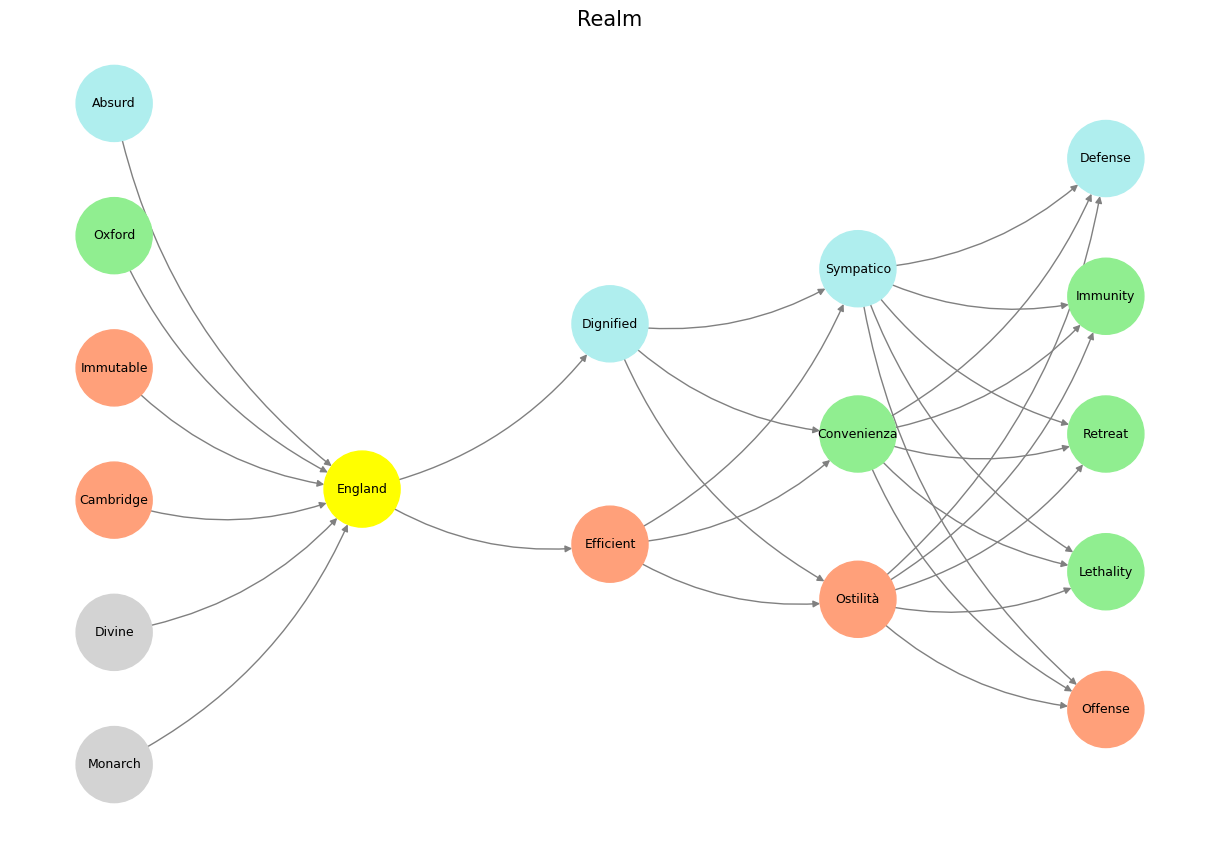Transformation#
The Martian Dream: Humanity’s Aspirations and Skepticism in the Age of Musk#
The idea of colonizing Mars has captured the public imagination, a vision driven by figures like Elon Musk who portray it as the next great frontier for humanity. The YouTube comments surrounding this topic reflect a complex tapestry of hope, skepticism, humor, and existential questioning. Together, they encapsulate the fractured narratives of our time—where technological ambition collides with societal disillusionment, and dreams of interplanetary expansion coexist with the pressing realities of a troubled Earth.
Hope and the Martian Frontier#
For many, the pursuit of Mars represents a beacon of hope. Comments like “We’re going to MARCH” and “Mission to Mars 💪😎” exude enthusiasm for humanity’s ability to transcend its limitations and explore new worlds. Musk’s vision has clearly inspired a sense of awe, with declarations like “This is mind-blowing! To watch it unfold is more crazy than I ever thought!” framing Mars as not just a goal, but a symbol of human ingenuity and ambition. Others celebrate the monumental scale of such endeavors, as one commenter states: “It’s massive, and I’m glad to have been alive to see it.” This sentiment underscores the historical significance of a Mars mission, casting it as a defining moment in humanity’s story.
Skepticism and Earthly Realities#
Amid the optimism, a strong current of skepticism runs through the comments, rooted in both practical concerns and existential doubts. The question “We humans still don’t know how to live on planet Earth. What will we do on Mars?” resonates with those who see the Martian dream as an escapist fantasy rather than a practical solution. The humor-laden critique “Daydreaming of Mars, sleepwalking the Earth 😅” underscores the tension between lofty aspirations and neglected realities closer to home, such as environmental crises and social inequality.
Several comments highlight the perceived misallocation of resources, with remarks like “Sensible spending and going to Mars with taxpayer money 😅” and “Do these people know they will pay through their taxes to help him launch his rockets to Mars? Talk about STUPID!” Such critiques frame the Martian endeavor as an elitist project, detached from the immediate needs of ordinary people, as evidenced by the plea: “What about free breakfast and lunches for school kids?”
Humor and Satirical Takes#
Humor abounds in this dialogue, serving as both a coping mechanism and a means of critique. From the playful pun “Elon Musk ❎ Elon Mast ✅😂😂😂” to the sardonic observation “What is this guy smoking? I want that!” these comments inject levity into a conversation about an otherwise serious topic. Others take a more cynical approach, as seen in “We are going to Mars.., you know Musk doesn’t mean YOU, right? 😂”—a biting reminder of the exclusivity underlying such grand visions.
Some comments veer into outright parody, imagining scenarios like “Just imagine how would an interplanetary war between narcissists look like” or speculating on conspiracy theories: “When he gets there, he will see we have had a base there for 50 years.” These playful remarks underscore the gap between the grandeur of Mars colonization and the absurdities of human behavior.
The Role of Artificial “Life” and Political Realignment#
Interwoven with these reactions are reflections on the societal and political implications of such an undertaking. One commenter notes, “This is going to be a political realignment with society = those the politicians should have worked for all along.” This suggests that Mars could serve as a metaphor for systemic change, an escape from the entrenched inefficiencies of Earth-bound politics.
The presence of artificial intelligence and automation in the Martian endeavor is also a point of discussion. The wry comment “As long as it’s a bot who places the USA flag on Mars and not some dead rider!” hints at the tension between human and machine roles in this futuristic vision, raising questions about the ethics and agency of artificial life in shaping humanity’s future.
Mars as a Mirror to Humanity#
Ultimately, these comments reveal that Mars is more than just a physical destination—it is a canvas onto which humanity projects its hopes, fears, and contradictions. For some, it represents an opportunity to transcend the limitations of Earth; for others, it is a stark reminder of humanity’s inability to solve its existing problems. As one commenter aptly summarizes: “Living in a fool’s paradise.”
In this cacophony of voices, Mars emerges as both a dream and a dilemma. Whether it is a beacon of hope, a folly of escapism, or a harbinger of political and technological transformation, the journey to the Red Planet forces us to confront what it means to be human—on Earth, Mars, and beyond.
Show code cell source
import numpy as np
import matplotlib.pyplot as plt
import networkx as nx
# Define the neural network structure
def define_layers():
return {
'World': ['Monarch', 'Divine', 'Cambridge', 'Immutable', 'Oxford', 'Absurd', ],
'Perception': ['England'],
'Agency': ['Efficient', 'Dignified'],
'Generativity': ['Ostilità', 'Convenienza', 'Sympatico'],
'Physicality': ['Offense', 'Lethality', 'Retreat', 'Immunity', 'Defense']
}
# Assign colors to nodes
def assign_colors():
color_map = {
'yellow': ['England'],
'paleturquoise': ['Absurd', 'Dignified', 'Sympatico', 'Defense'],
'lightgreen': ['Oxford', 'Convenienza', 'Immunity', 'Retreat', 'Lethality'],
'lightsalmon': [
'Immutable', 'Cambridge', 'Efficient',
'Ostilità', 'Offense'
],
}
return {node: color for color, nodes in color_map.items() for node in nodes}
# Calculate positions for nodes
def calculate_positions(layer, x_offset):
y_positions = np.linspace(-len(layer) / 2, len(layer) / 2, len(layer))
return [(x_offset, y) for y in y_positions]
# Create and visualize the neural network graph
def visualize_nn():
layers = define_layers()
colors = assign_colors()
G = nx.DiGraph()
pos = {}
node_colors = []
# Add nodes and assign positions
for i, (layer_name, nodes) in enumerate(layers.items()):
positions = calculate_positions(nodes, x_offset=i * 2)
for node, position in zip(nodes, positions):
G.add_node(node, layer=layer_name)
pos[node] = position
node_colors.append(colors.get(node, 'lightgray')) # Default color fallback
# Add edges (automated for consecutive layers)
layer_names = list(layers.keys())
for i in range(len(layer_names) - 1):
source_layer, target_layer = layer_names[i], layer_names[i + 1]
for source in layers[source_layer]:
for target in layers[target_layer]:
G.add_edge(source, target)
# Draw the graph
plt.figure(figsize=(12, 8))
nx.draw(
G, pos, with_labels=True, node_color=node_colors, edge_color='gray',
node_size=3000, font_size=9, connectionstyle="arc3,rad=0.2"
)
plt.title("Realm", fontsize=15)
plt.show()
# Run the visualization
visualize_nn()


Fig. 33 Teleology is an Illusion. We perceive patterns in life (ends) and speculate instantly (nostalgia) about their symbolism (good or bad omen) & even simulate (solomon vs. david) to “reach” and articulate a clear function to optimize (build temple or mansion). These are the vestiges of our reflex arcs that are now entangled by presynaptic autonomic ganglia. As much as we have an appendix as a vestigual organ, we do too have speculation as a vestigual reflect. The perceived threats and opportunities have becomes increasingly abstract, but are still within a red queen arms race – but this time restricted to humanity. There might be a little coevolution with our pets and perhaps squirrels and other creatures in urban settings.#

